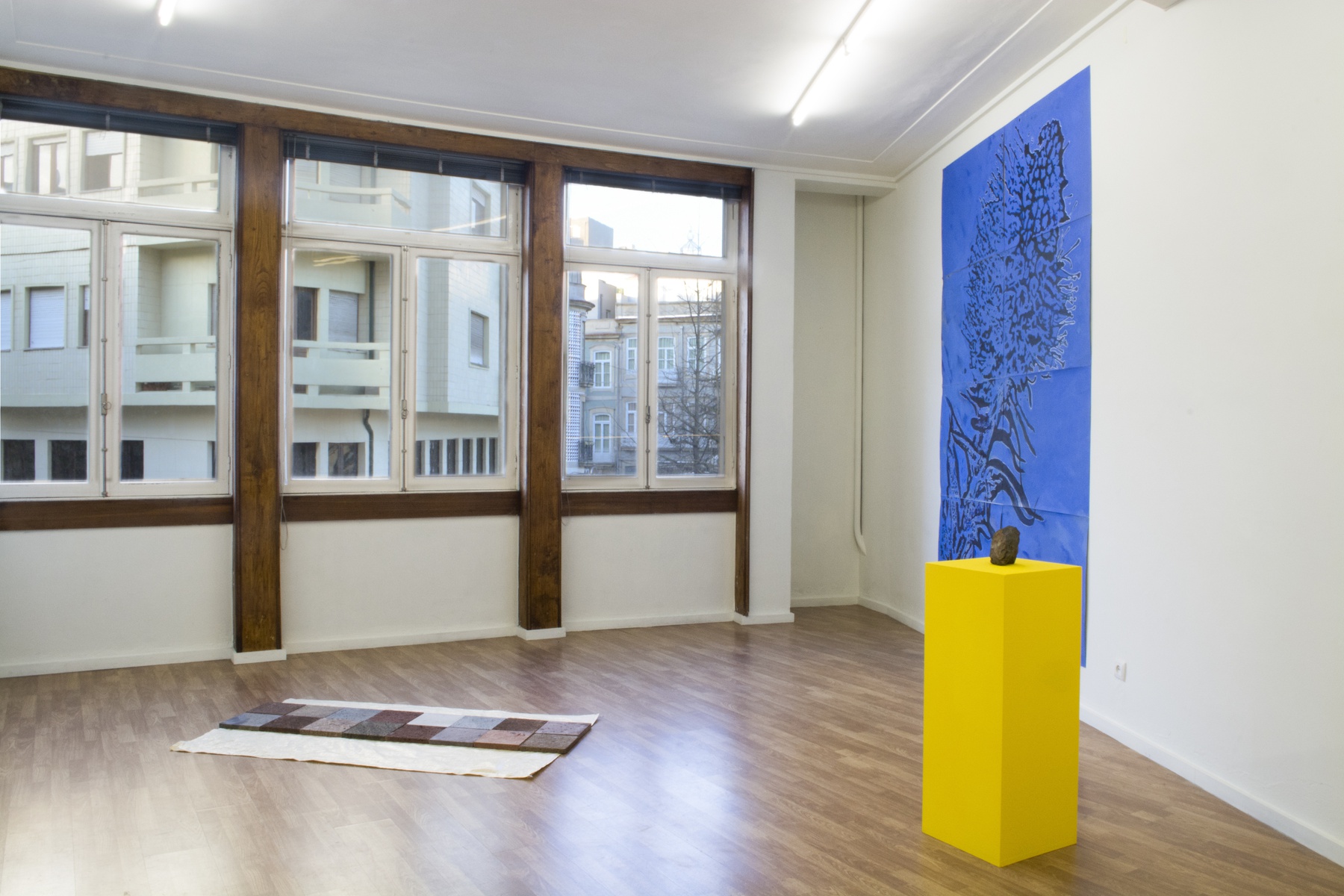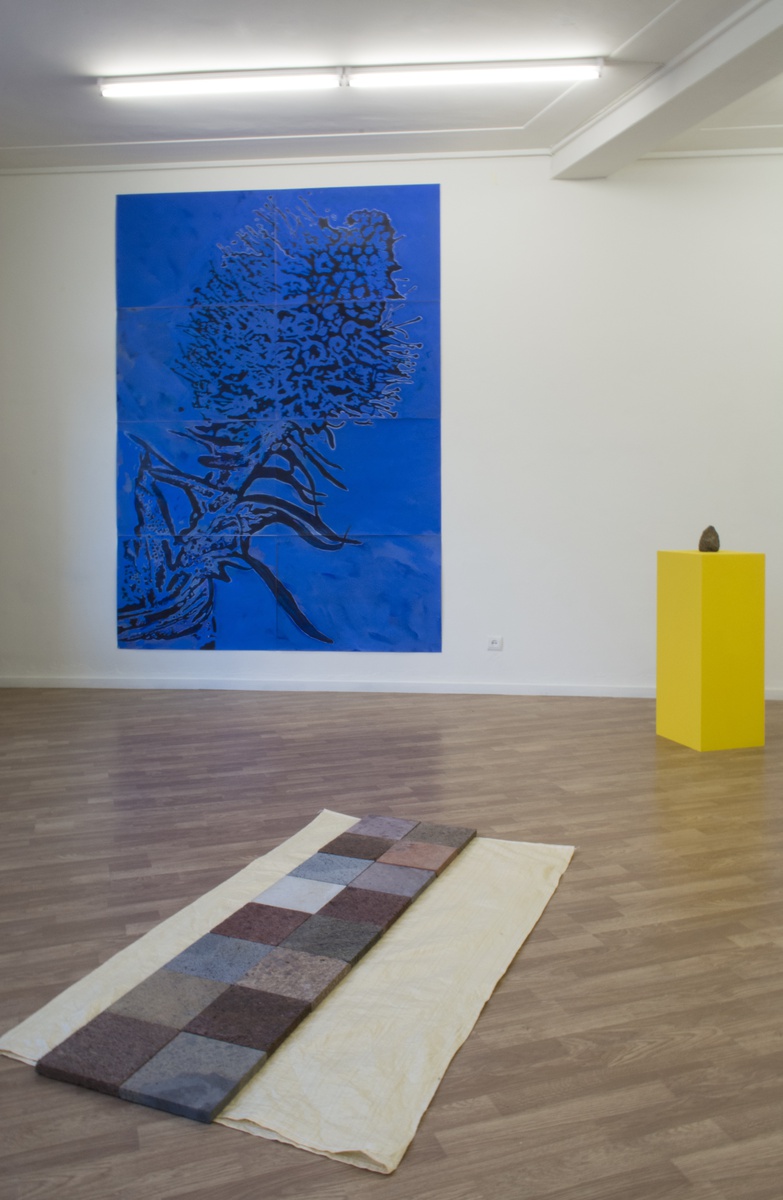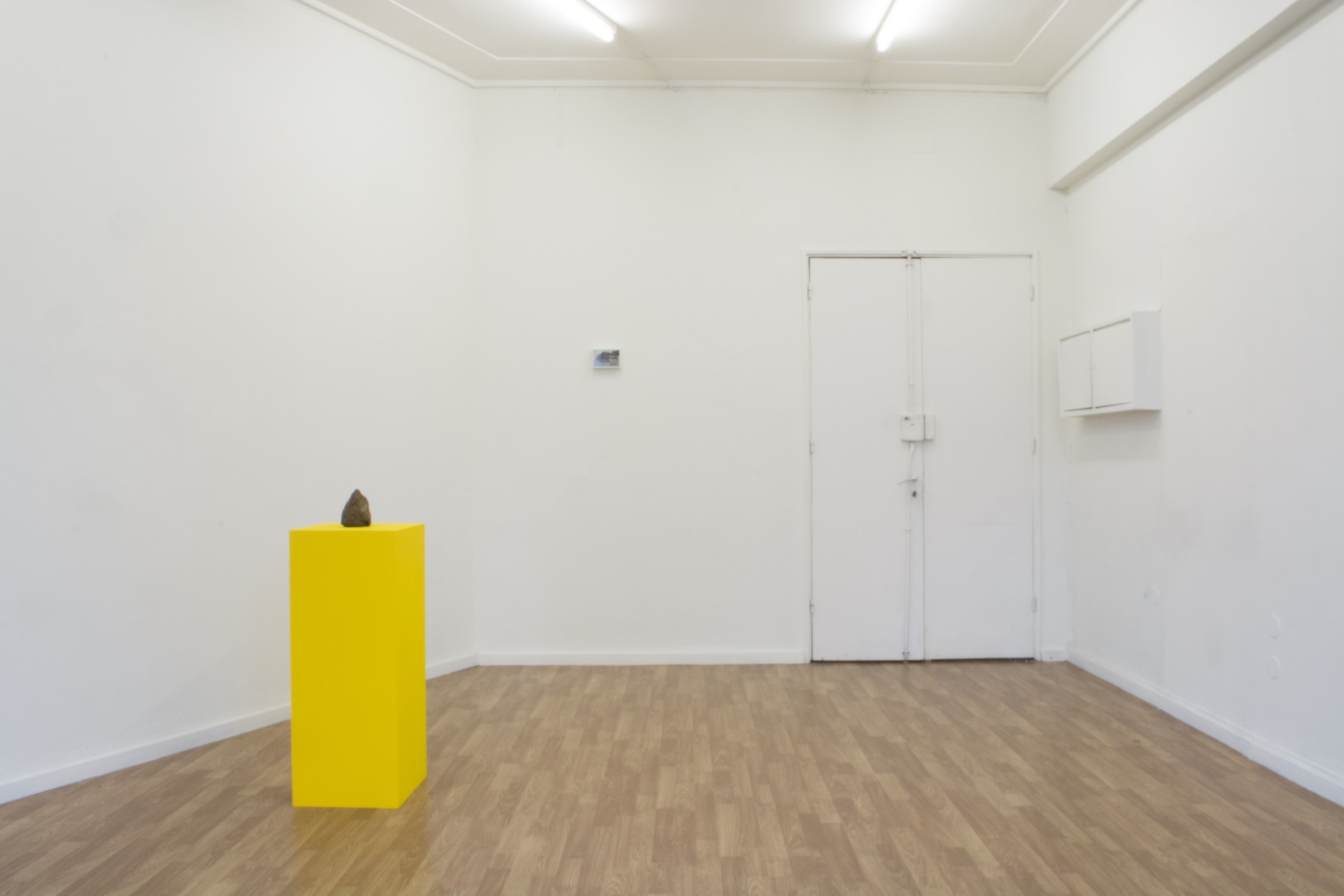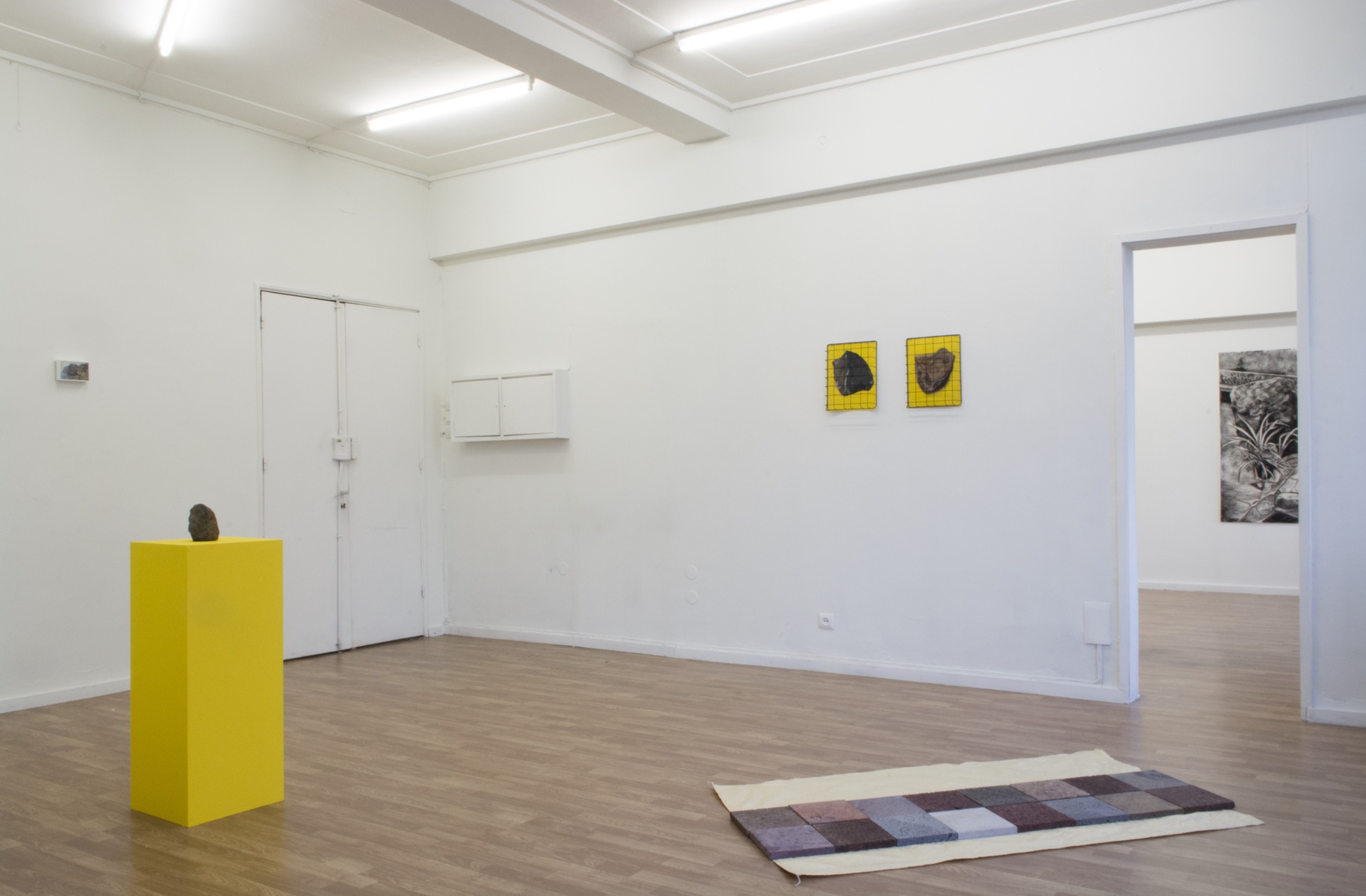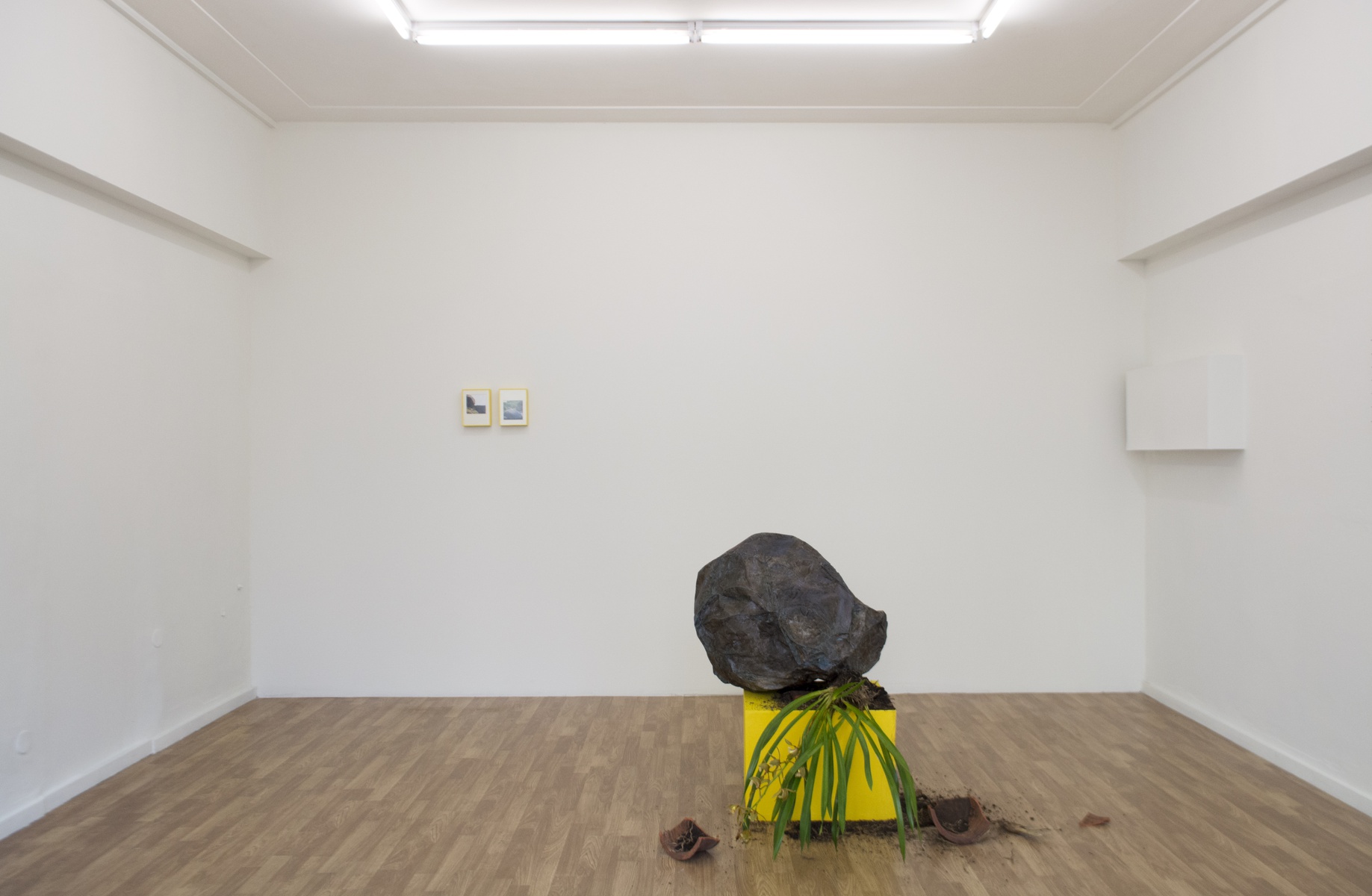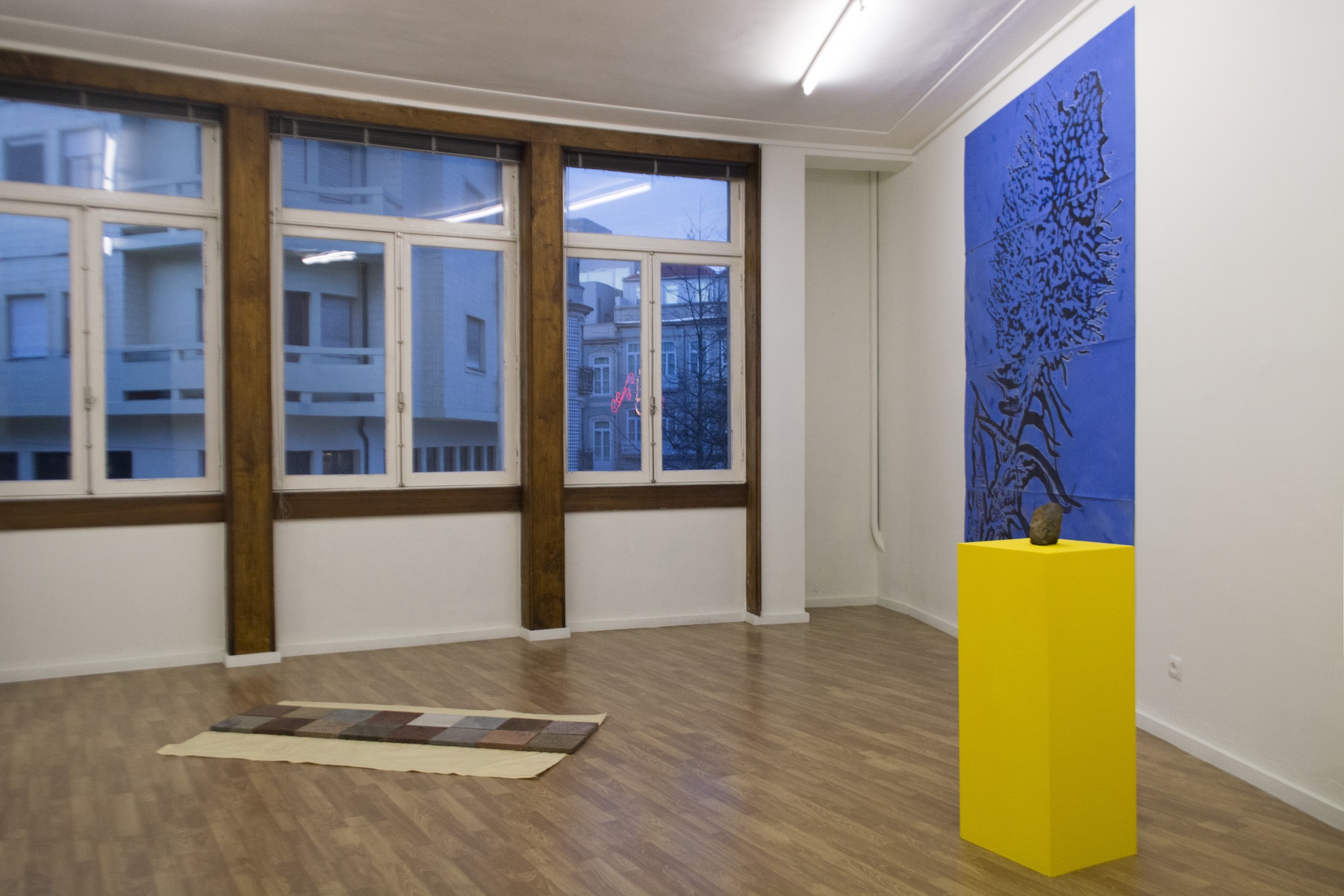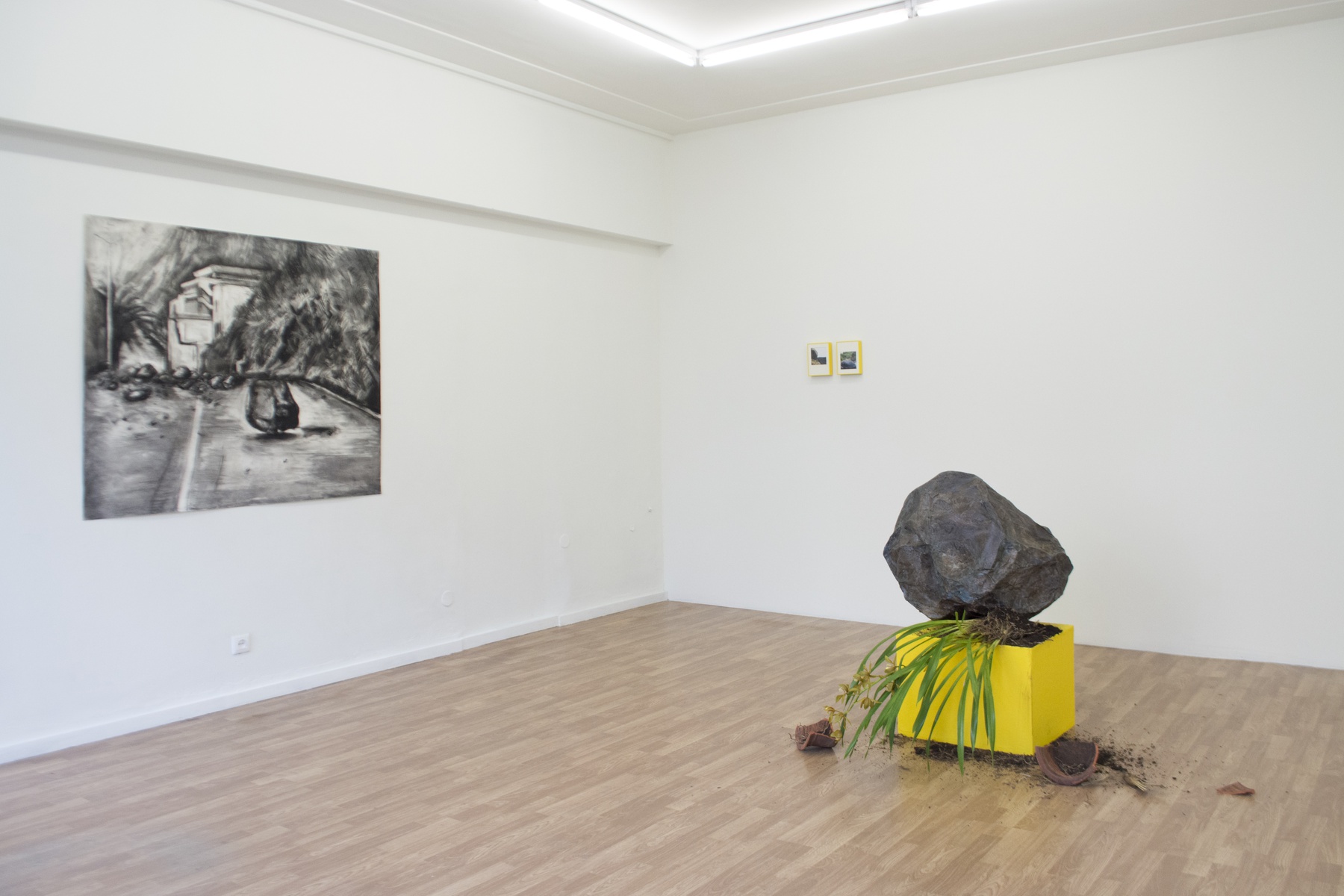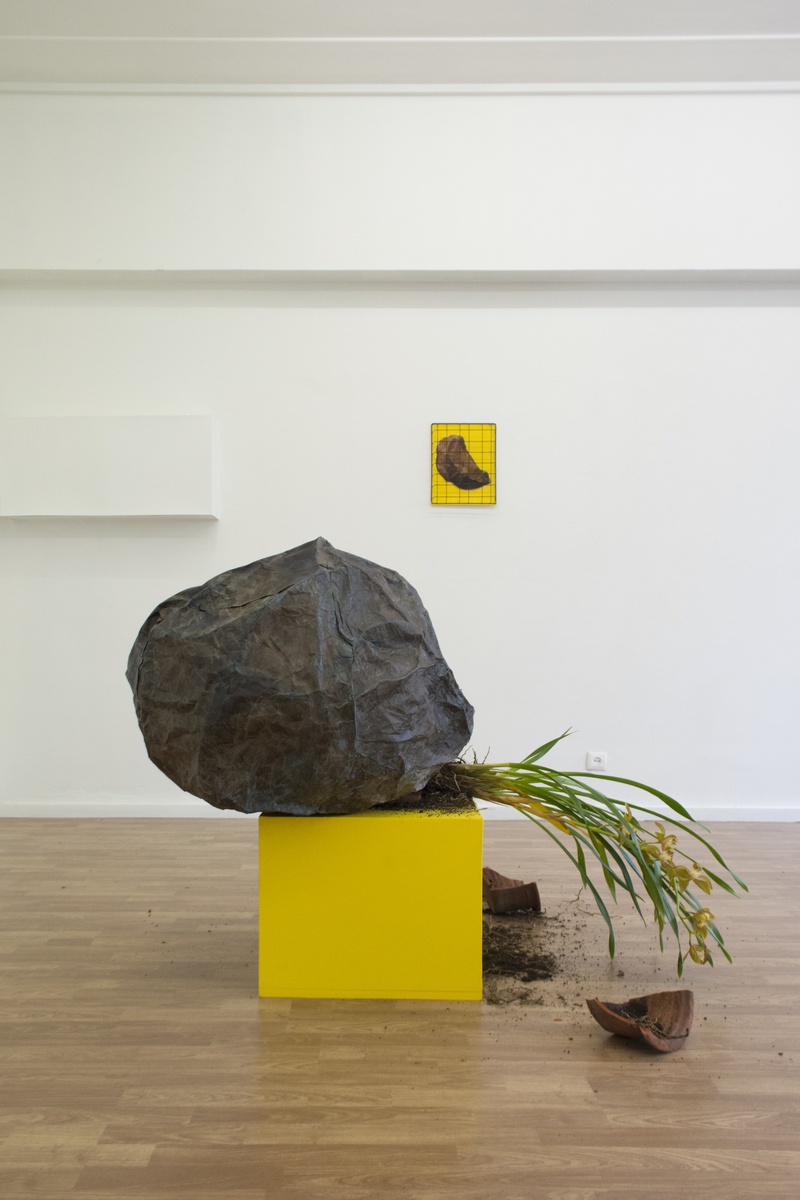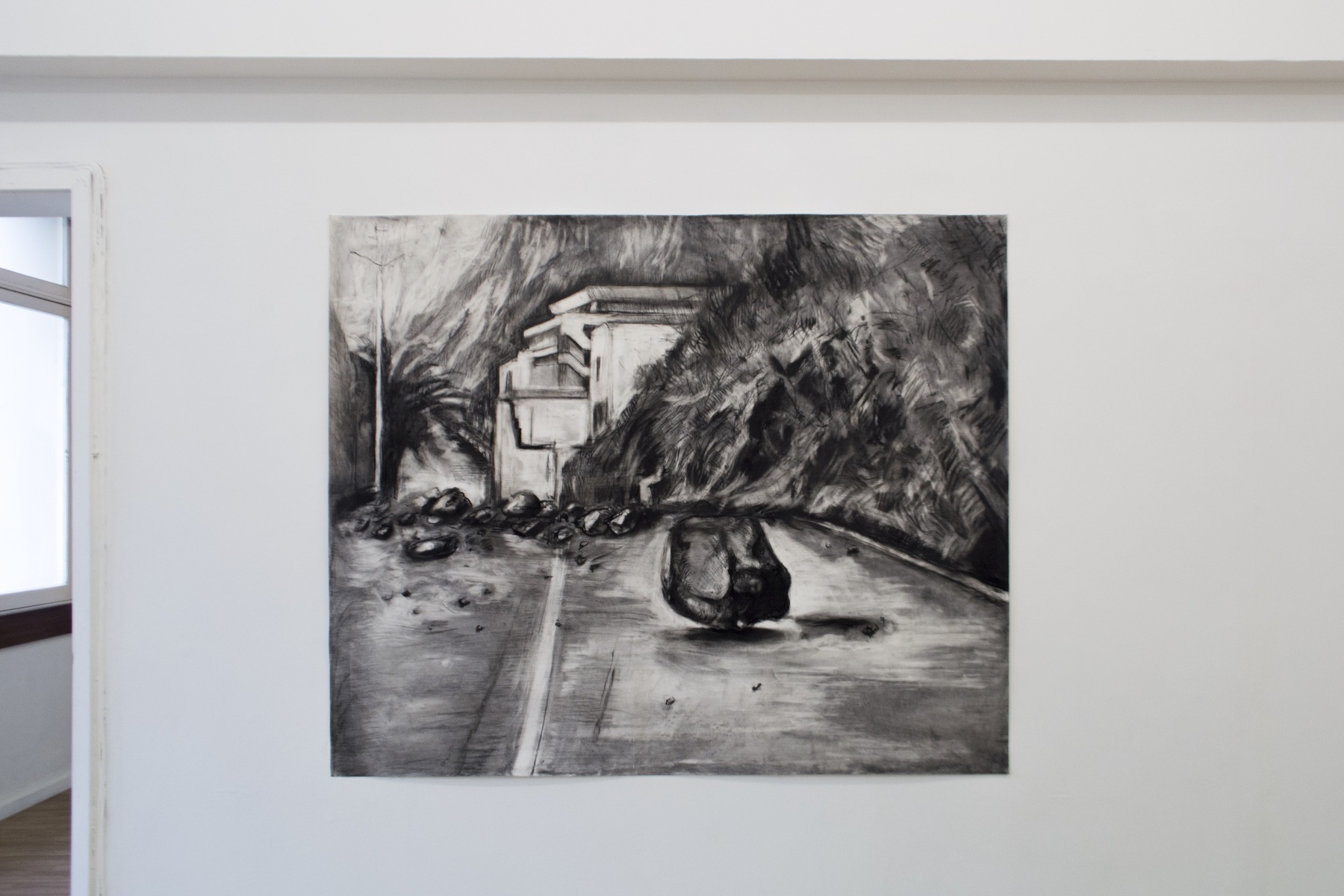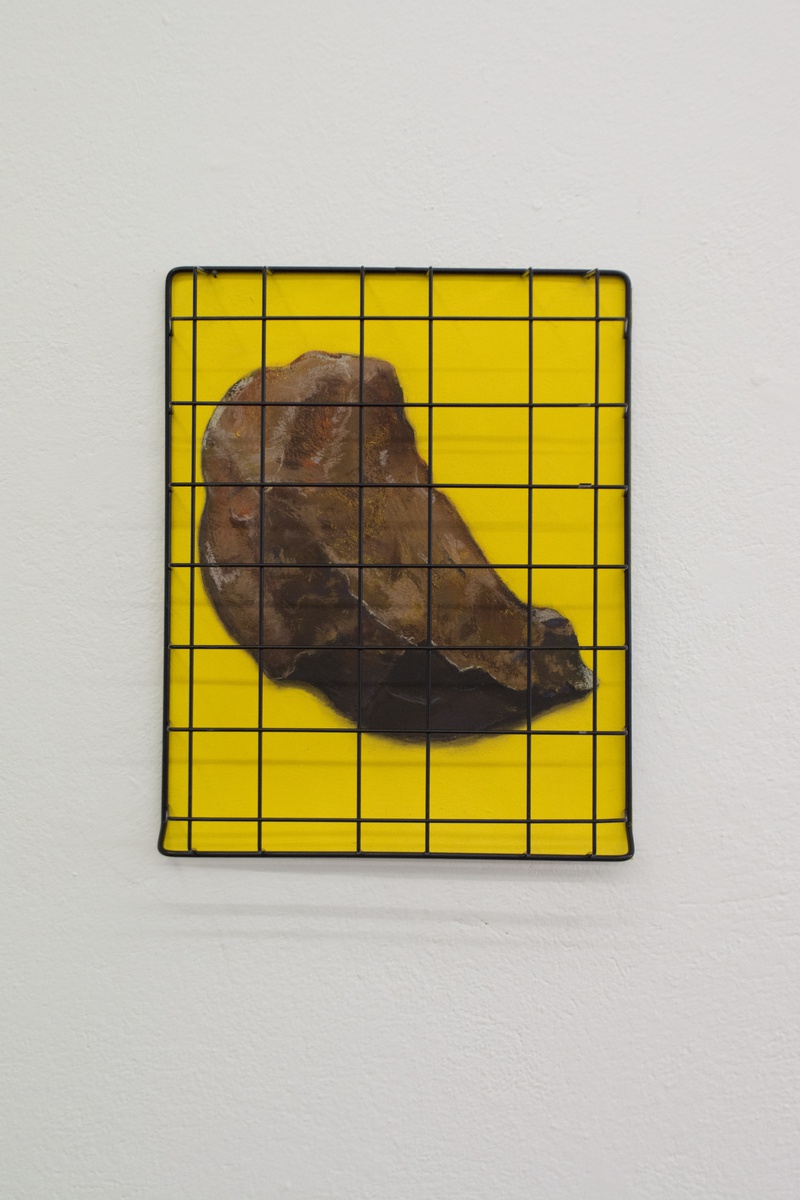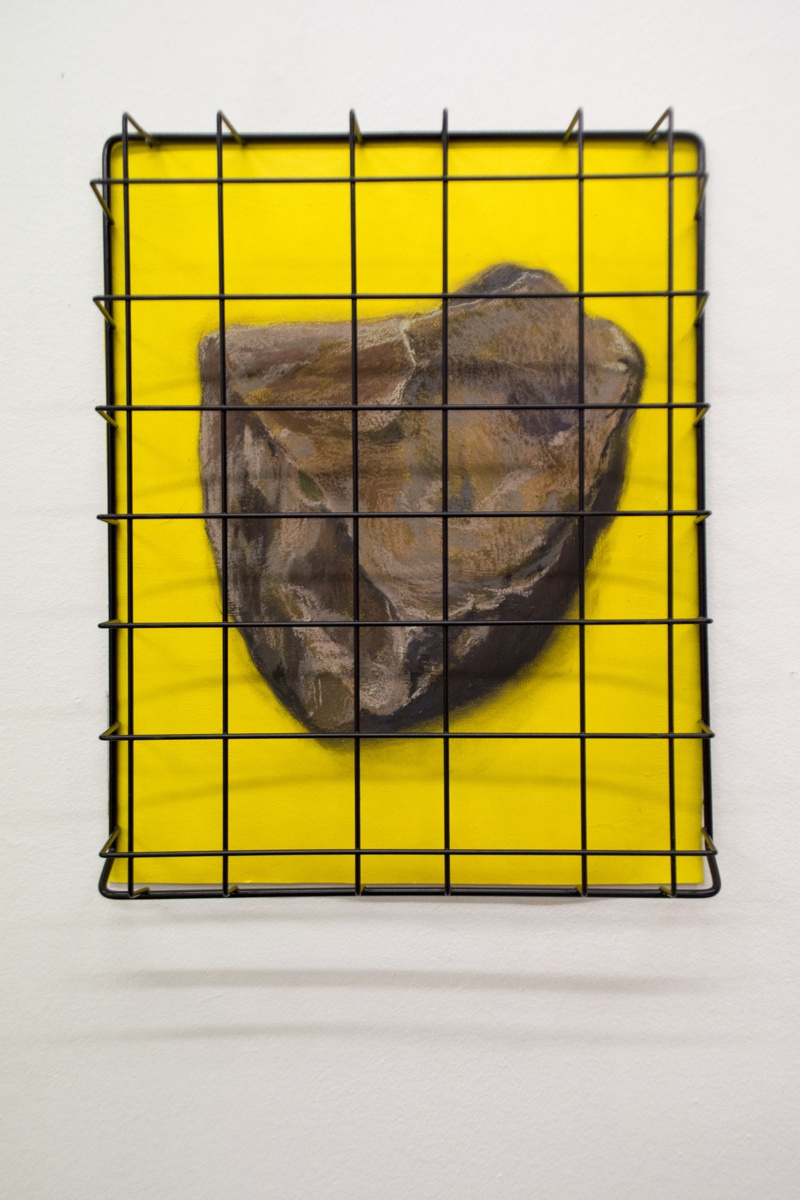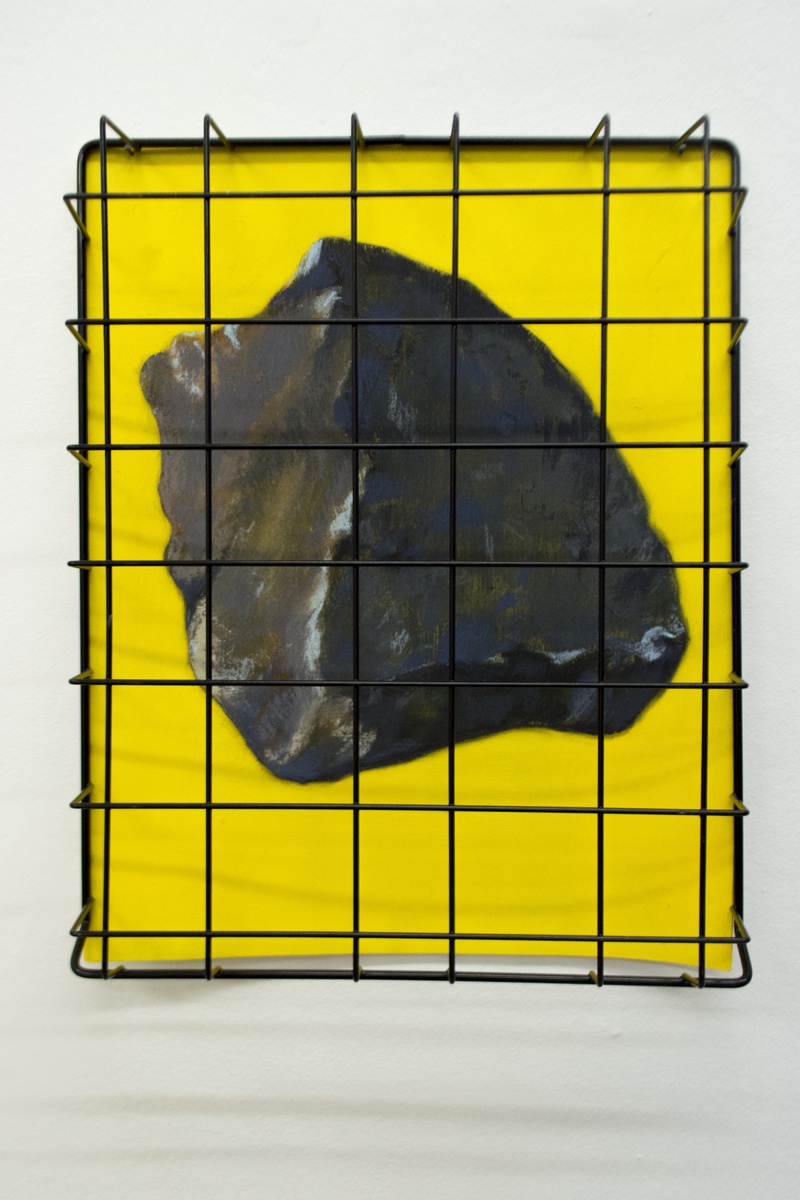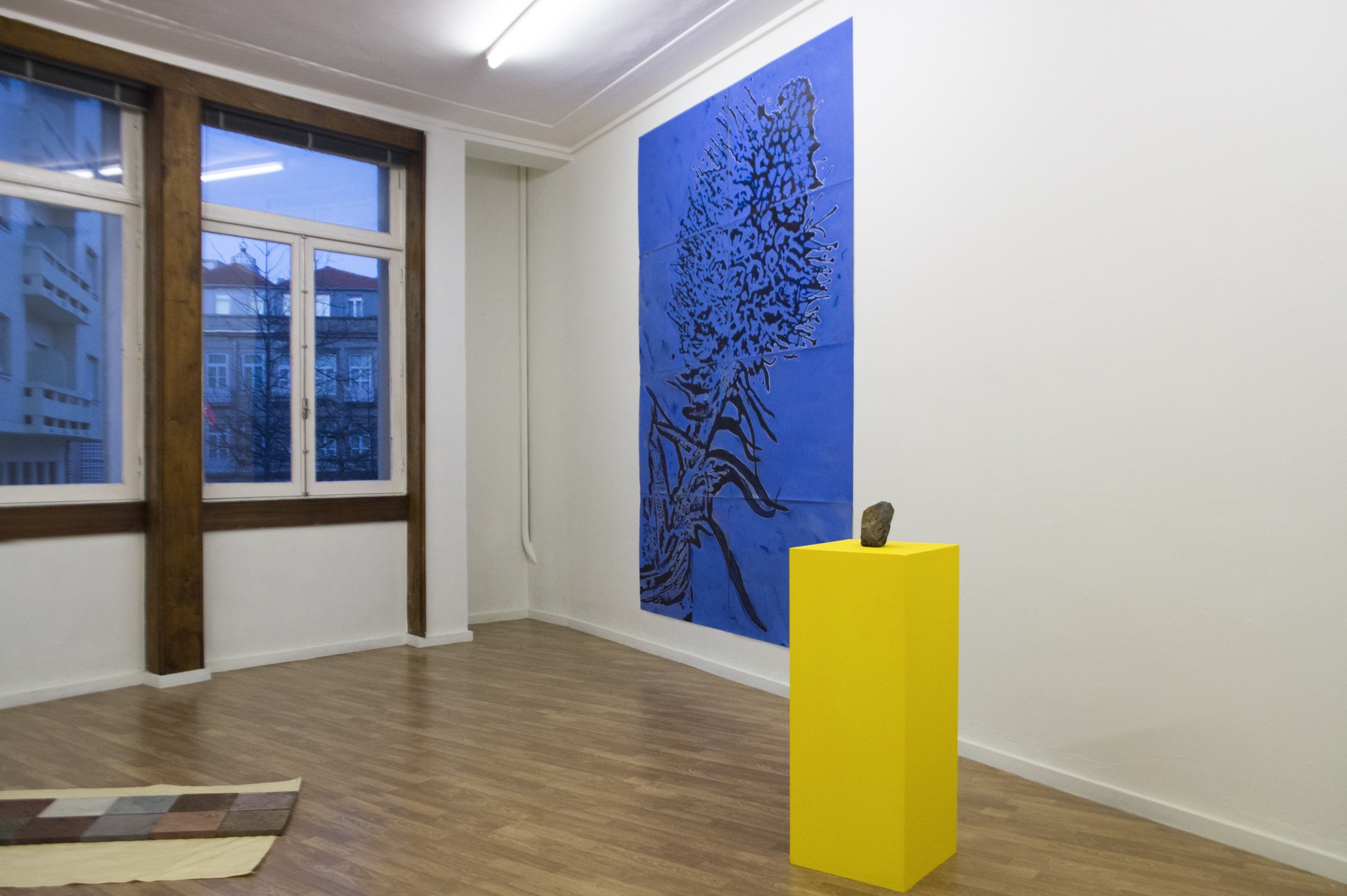Geography of Hazard
Exhibition
14 Dec 2018 – 11 Jan 2019
Opening:
Friday, 14 December 2018, 22:00
Free admission
Geography of Hazard
Martinho Mendes
I think natural disasters have been looked in the wrong way. Newspapers always say they are bad, a shame. I like natural disasters and i think that they may be the highest form of art possible to experience. For one thing they are impersonal. I don ́t think art can stand up for nature. Put the best object you know next to the Grand Canyon, Niagra Falls, redwoods. The big things always win. Now just think of a flood, forest fire, tornado, earthquake, typhoon, sand storm. Think of the breaking of the ice jams. Crunch. If all of the people who go to museums could just feel an earthquake. Not to mention the sky and the ocean.
But it is in the unpredictable disasters that the highest forms are realized.
They are rare and we should be tankful for them.
Walter De Maria, “On the importance of Natural Disasters”,1960
The references to the natural world, and the phenomena associated with it, have been frequent in the work of Martinho Mendes, where one per- ceives the influences that the spaces traveled in the archipelagic and insular space, inhabited by the artist, exert on his researches and modes of artistic production. The landscape of Madeira has been a constant theme in his research and has been based on the relations between image and territory, where it is possible to see the construc- tion of an endemic outlook, on the physical and cultural places of the island, as it also appears, registered in a more global perspective that evokes the tensions, consequences and challeng- es of human occupation on the planet. Geography of Hazard takes up some of these topics. On the one hand the presented works pro- pose a narrative that invokes the memory of the astonishment, the contemplation and the sublime confrontation with nature and the cultural land- scapes, constructed in the archipelago of rough orography, during almost six centuries. On the other hand, the approach to vulnerability, natural danger and disasters are also evoked here from the interpretation of local phenomena, increasingly frequent on a planetary scale, also characteristic of the Anthropocene.
The first core of the exhibition presents, at the back of the first room, a large format drawing that imposes itself in the space by the intensity of the blue. This work, from 2011, seems to represent, at first glance, the aerial map of a complex archipelago bathed by the sea. It is, in fact, the simplified representation of a botanical species which, due to its condition of endemism, acquires a metaphorical strand of representation of the island from which it is original and exclusive.
The species represented is the massaroco de litoral (Echium nervosum) which in English is called “the pride of Madeira”, together with the mountain species (Echium candicans) and, by extension, the species exclusive of the island of Porto Santo (Echium portosanctensis) , since the tonal and formal exuberance of the inflorescences of these shrub-bearing plants were interpreted by the traveler’s eyes as true reference and identity motifs of the place, implying the rejoice connected to the aesthetic enjoyment of the landscapes, by all those who inhabit those islands.
It was also through the eyes of the European travelers that, from the 18th century, and with greater intensity from the 19th century, Madeira was seen in both travel literature as well as in the many engravings that circulated throughout Europe, as a idyllic place, romantic, with contrasting landscapes, exotic, sublime, with deep and vertical valleys, fertile, both in the biodiversity of the ecosystem and in the number of viewpoints, who offer the possibility of viewing, safely and at a distance, landscapes and beautiful views.
The View of Cabo Girão, Câmara de Lobos, is a small postcard printed in the 1950s, which starts the exhibition, depicting the rocky blocks that slid from the abrupt and unstable slope on the beach of rolled stones, which the fruition of the geomorphological diversity of the colossal above the sea, implies the recognition of the simultaneous existence of natural hazards that are put to the communities that have always lived there.
Despite the technical and temporal distance of the island’s lithographs by William Westall (1781-1850), James Bulwer (1781-1850), Frank Dillon (1822-1909) or Andrew Picken (1815-1845), this postcard represents the same grandeur landscape, emphasized by the impending danger, diffused in the images of the nineteenth century. The exhibition “Geography of Hazard” is also a way of approaching the issues of this same diverse landscape, although using an expository scenario that puts in dialogue objects apparently different from each other.
The natural disasters in Madeira have been recorded since the island began to be inhabited in the 16th century, being the most common the landslides, alluviums and fires and, to a lesser extent, earthquakes and tsunamis. The territory depicted in the photo of the postcard was, for example, the site of numerous natural disasters, and it was recorded that as early as 1444, Henrique Alemão, one of the first settlers, died as a result of the release of huge stone blocks on his ship. At the beginning of the twentieth century, for example, there is a tidal wave that has killed dozens of people in the village when the release of large rock cliffs fell on the sea, forming a great wave. Despite the human consequences, the destructive event that caused a change in the environment gave rise to a fertile fajã (Portuguese term for a “flat” terrain, composed of lava flows and collapsing cliffs) where it was once only sea. These phenomena remind us of the words of Walter de Maria which emphasize the creative energy of natural disasters, leaving it to humans to recognize the invincibility of the forces of nature and seek more balanced and eco- compatible solutions.
However, the romantic idea of island-eden- garden, embodied by the bucolic nature of landscapes, diffused in paintings and printed images from afar, seems to have culturally shaped the way in which the islander continues to look at his region, seeing it as a reality at a distance, regardless of who observes it. The illiteracy about landscape and hazards seems to result from a certain lack of consciousness about the active role that each inhabitant has in the dynamic and interdependent relation with the territory.
There is in this exhibition a particular attention given to the geological world through the presentification of real specimens that attest to the lithological diversity of the island, coexisting with representations in drawing and creation of objects that introduced the dichotomy of the natural/ artificial and that depart from the appropriation of images published in the local newspapers to illustrate the regular stone falls. This show, like other projects already carried out by the artist, presents “a paradox inherent to the ontology of stone, which can be both solidity and shelter, as it can represent risk, instability and aggression. Everyday life on a volcanic island sharpens the experience of the risk associated with the collapsing of mountain stones (Santa Clara, 2017*).
*Santa Clara, Isabel (2017). Wanderings through the fragility of the world. Room sheet from the exhibition Amongst flowers and stones, by Bruno Corte and Martinho Mendes, Lisbon, Geological Museum.
Martinho Mendes was born in Madeira (1981) where he lives and works. He graduated in Fine Arts, at the University of Madeira, and in Arts Education, by the Faculty of Fine Arts of the University of Lisbon.
Parallel to his artistic creation, he coordinates the educational service of the Museum of Sacred Art of Funchal where he performs technical-pedagogical functions and cultural programming in the Educational Service.
His main research areas and interests focuses on artistic education in museums and art centers, as well as artistic creation and experimentation at the crossover between the territories of pedagogy, insular studies, natural sciences, ethnography and spirituality, exploring and combining different expressive media such as installation, drawing, painting and photography.
He made the following solo exhibitions: Do Bom Despacho ao Livramento, Ethnographic Museum of Ribeira Brava (2018); Orgânico, Perene, Galeria dos Prazeres, (2014); Cheerfulness, Museum of Sacred Art of Funchal (2013); Em trânsito, Museum of Sacred Art of Funchal (2012); Sobre a mesa, ASVS Porto Gallery (2011); Do litoral - Echium nervosum, Infoarte Space of SRTC, Funchal (2011); As nossas memórias nos mentem; ASVS Gallery, Porto (2009); A Casa na Encruzilhada, Jesuit College, University of Madeira, Funchal (2006).
It is worth noting the participation in the following group exhibitions:
Derrocada/downfall, partnership with Mihal Krenz, Casa da Cultura of Santa Cruz, Madeira (2018); Por entre flores e pedras, partnership with Bruno Corte in the Geological Museum of Lisbon (2017); Between Islands, international video-art festival, TEA-Tenerife Space of the Arts, Tenerife - Canary Islands; Center for Cultural Innovation El Almacén, Lanzarote - Canary Islands, 7th FIVAC - International Video Art Festival of Camagüey - Cuba; Tabakalera. Donosti - San Sebastián; Viareggio International Video Art Festival, GAMC Lorenzo Viani from Viareggio - Italy; Cultural Center of Spain in Nicaragua - Nicaragua, Ex-Teresa Arte Actual - Mexico; Gran Canaria Digital Space, Spain; Museum of Modern Art of Santo Domingo - Dominican Republic (2016-2017); Experiência da Forma- Um olhar sobre o Museu de Arte Contemporânea II, Mudas - Museum of Contemporary Art of Madeira (2015); Alguns Endemismos e outras Naturezas, partnership with Sílvio Cró and Dina Pimenta, Fortaleza São Tiago - Museum of Contemporary Art of Funchal (2014); Labirinto de Memória, Jesuit College of Funchal (2013); Linha/Line at Porta 33, Funchal (2013); 1988-2013: algumas doações at Fortaleza São Tiago - Museum of Contemporary Art of Funchal (2013); Sobre Pedras, entre muros, Jesuit College of Funchal (2005); Mundos e Modos, Teatro Municipal Baltazar Dias, Funchal (2005); Seis artistas plásticos madeirenses na Bélgica, Foyer do Belgishen Rundfunkund Fernsehzentrunms, Comunidade Germanófila da Bélgica (2004), De um lugar extremo e nulo, partnership with Alice Sousa, Fortaleza São Tiago - Museum of Contemporary Art of Funchal (2004); 7º Prémio Fidelidade Jovens Pintores, Casa da Companhia, Porto and Abrantes (2003); Galeria em grande, exposição coletiva de pequeno formato, SRTC Gallery, Funchal (2002).
Exhibition
14 Dec 2018 – 11 Jan 2019
Opening:
Friday, 14 December 2018, 22:00
Free admission

